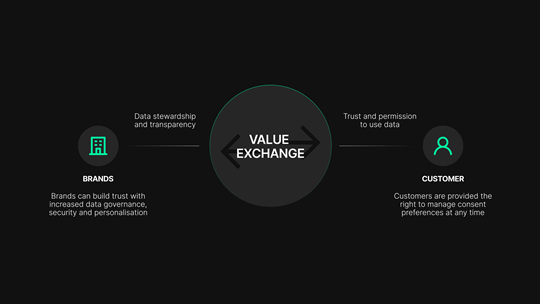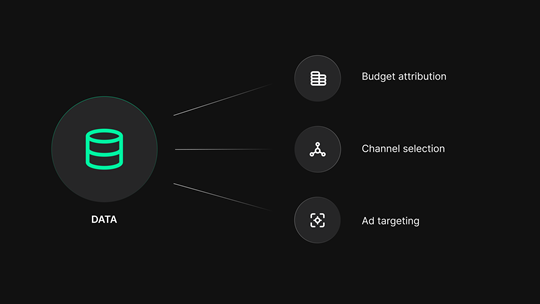The importance of first-party data
With the era of third-party cookies coming to an end, it's more important than ever for businesses and brands to collect first-party data. More so, actually utilising it within their campaign performance and marketing strategies.
It all started when the likes of search engines such as Safari and Firefox began rejecting third-party cookies. This had a knock-on effect with then Google Chrome, which is comfortably one of the world's most popular web browsers, also beginning to announce it would soon deprecate third-party cookies. Not only were browsers moving in this direction, but also operating systems, such as Apple and its iOS14.
With the changes above, performance and growth marketers will very soon lose many targeting options and third-party data points. However, it is not all doom and gloom; there are many ways to combat these changes and still run effective marketing campaigns. One point of call is the collection and utilisation of first-party data.
What is first-party data?
First-party data is customer information that a business collects via its own platforms. That data is then owned by the company. The data is usually centered around its customers and users. Here is a list of different examples of audience data:
- Website interactions
- App engagements
- Purchasing history
- User behaviour
- Subscription preferences
- Personal preferences
- Social interactions

The difference between first-party data and third party data
As you may have guessed, third-party data is quite the opposite and is gained from an external source outside of the businesses own operations and software. By either pulling the data from other platforms or purchasing it from large data aggregators, third-party data to date has been easy to access.
Three negatives which have always surrounded third-party data quality is the reliability of its origin, how out-dated it is and the risk that competitors may also be using the same data.
How to collect first-party data
Collecting first-party data can be done through the following example methods:
- Lead gen forms on your website or app
- CRM campaigns and database
- Customer service teams
- SMS campaigns
- Online surveys
- Social media platforms
- Newsletter and other relevant subscriptions
- Call centre interactions
Understanding your core audiences through close knit interactions is the first step to honing in on this powerful piece of marketing resource.
What are the benefits of first-party data
First-party data can help any business or marketer map out the full customer journey, cross-channel and cross platform. By assessing all user touch points from the awareness stage, all the way through to the advocacy stage, a business can understand and optimise its overall marketing performance.
Budget attribution
Being able to review all customer journey touchpoints allows for businesses to be able to assign budgets to media channels more accurately and effectively. Whether a channel needs to increase its spend to account for more brand related campaigns or an element of the website needs testing more extensively, budget attribution can help increase a businesses overall return on investment (ROI).
Channel selection
Another positive from being able to review the entire customer journey is identifying the most cost-effective and rewarding marketing channels. Besides budget attribution, a business can reassess its entire marketing strategy and reorganise each marketing channel depending on the insight gained.
Ad targeting
With the deprecation of third-party data and cookie related targeting, comes the closing down of many targeting options across a host of different digital and performance marketing channels. First-party data allows for a substantial uptake in not only targeting accuracy but a reduction in irrelevant ad spend. Accuracy and relevancy will also play a part in the tone of voice used to speak to new and existing customers, as well as the personalised experiences they forgo.

Getting started with first-party data
- Establish your marketing objectives
- Prioritise what data you should and want to be collecting
- Review all your current data sources and ascertain what data is already being collected
- Audit how data is currently being measured across each channel
- Integrate both your online and offline data to align your marketing
- Always challenge your first-party data capabilities
Keep driving with first-party data
By understanding the true potential that first-party data can unlock, not just from a data capture standpoint but from an ROI perspective, all businesses and marketers now need to be discussing and taking action on their data-driven strategy. This will be the key to building long-term success and growth.
In recent years Cab Engine has helped many businesses prepare to enter the cookieless world with the reduction of using third-party data. If your business would like help in adapting or building a first-party data strategy, then get in touch with our specialist teams today.
